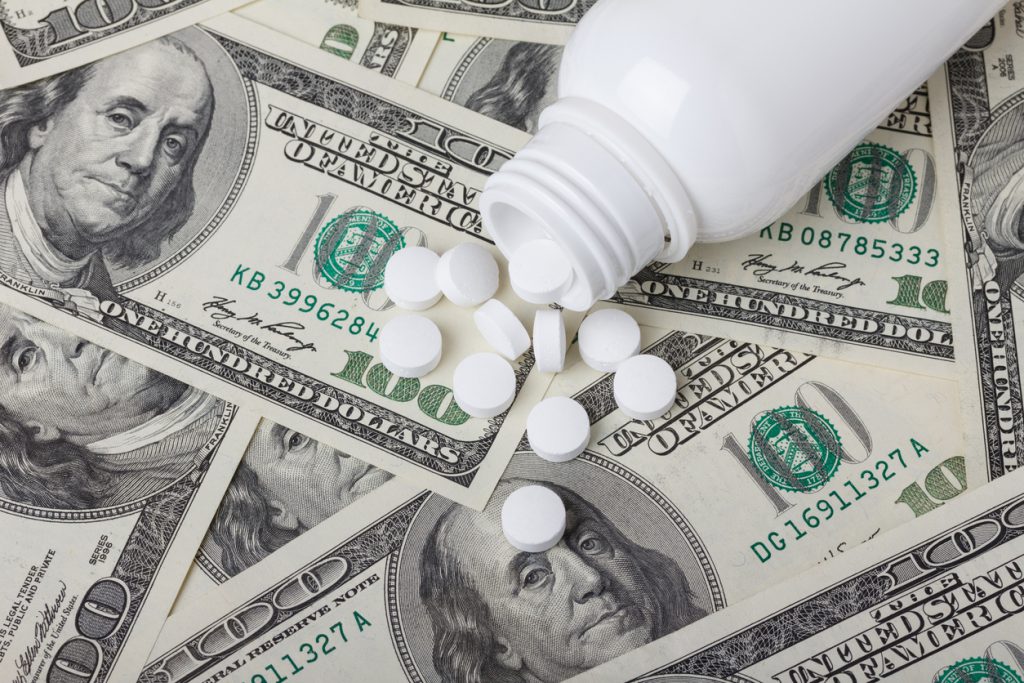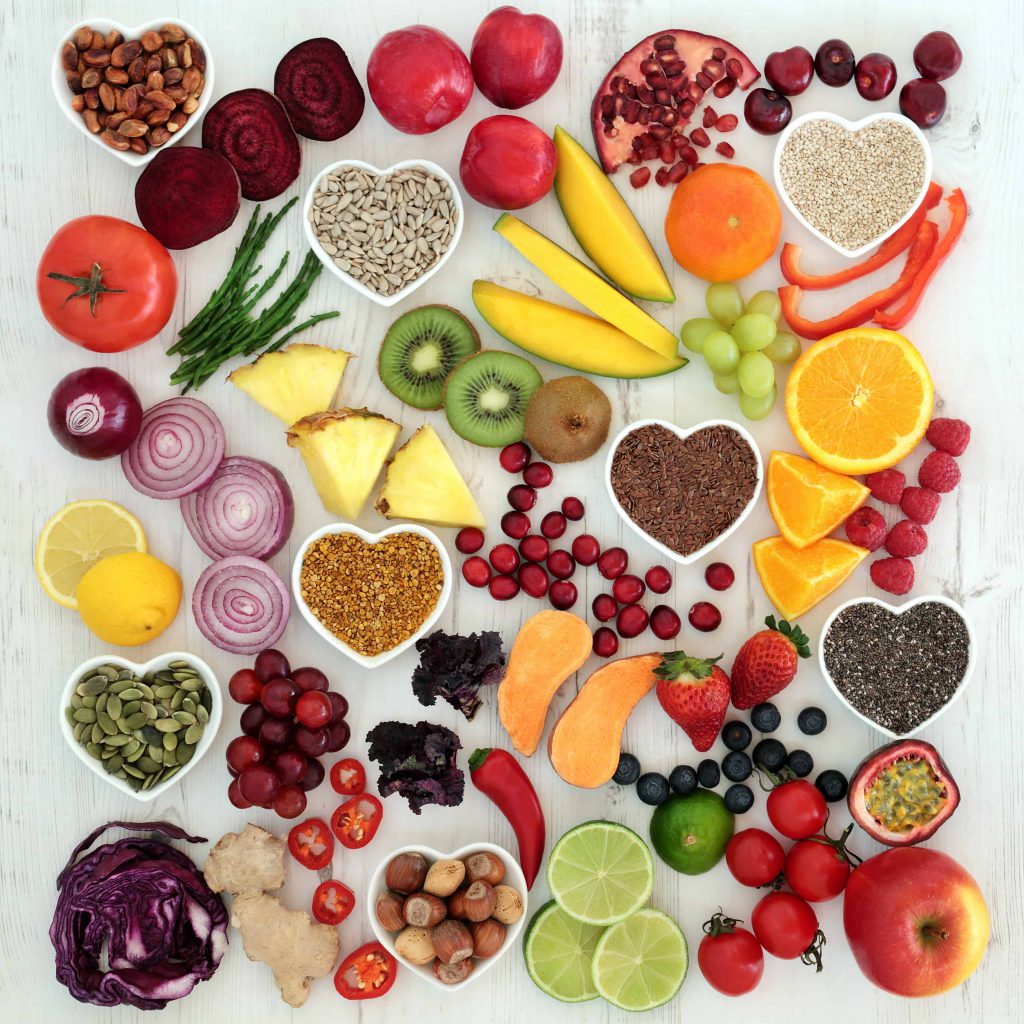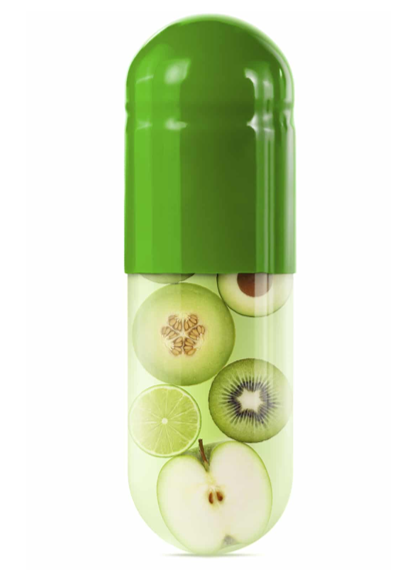Sooner or later, high blood pressure is bound to sneak up. 90% of adults will have it eventually. Fortunately, there’s a lot you can do to depressurize with diet.
Blueberries
The deep purple of blueberries is the signature of a powerful class of antioxidants called anthocyanins. Anthocyanins relax the blood vessels, allowing them to enlarge and carry more blood flow.
A study of women with borderline high blood pressure who ate the equivalent of 1 cup of blueberries per day had a 7-point drop in blood pressure after only 8 weeks. This changes is very significant and consistent with a 2013 study showing a 1/3 reduction in heart attacks in those who eat 4 servings of blueberries or more per week. That’s one powerful purple medicine!
Takeaway tip: Aim for a cup of blueberries a day—consider having a bowl of blueberries for breakfast (or mixing them into yogurt or a smoothie), adding them to a salad for lunch, or having a dessert of blueberries after dinner.
Vegetable Protein
There’s a lot of talk about the importance of protein for building muscle. What is not as commonly appreciated is the link between protein, especially plant-based protein, and lower blood pressure.
It’s interesting to note that vegetarians tend to have lower blood pressure than omnivores. One reason is that vegetable protein tends to be packaged with other nutrients known to lower blood pressure, like magnesium and fiber.
Cutting refined carbs and adding more plant-sourced protein is especially helpful to lower blood pressure. A likely explanation is that cutting refined carbs leads to lower insulin levels, a known trigger for high blood pressure.
Takeaway tip: Look for ways to add more plant protein to your diet—even better is to swap plant protein in place of refined or starchy carbs. Consider having beans as a side dish when you might normally have rice or potatoes. For snacks, go for nuts in place of cookies or cake.
Potassium
Potassium is the yin to sodium’s yang. Sodium in the diet tends to push blood pressure up, while potassium brings it down. A potassium-rich diet can even blunt some of the ill effects of too much sodium.
But as it turns out, foods loaded with sodium, like bread, pizza, and cold cuts, tend to not be the healthiest for other reasons and are best minimized. Just the opposite is true with potassium-rich foods, which tend to be among the healthiest choices. Foods that pack a particular potassium punch include greens, beans, and fruit.
Takeaway tip: Add more high-potassium choices to your diet with foods like Swiss chard, spinach, kidney beans, navy beans, avocados, and low-fat yogurt.
There’s so much you can do to lower your blood pressure with diet. Look for opportunities to load up on blueberries, healthy vegetable protein including beans and nuts, and high-potassium foods.
Despite an outstanding diet, many people with very high blood pressure will need medication to get readings under control. Nevertheless, the right diet could possibly allow your doctor to lower the dose of your medication or avoid adding a second blood pressure drug. Please, never make any changes to your medicine without the advice of your health care professional.
References:
Daily Blueberry Consumption Improves Blood Pressure
Association between Protein Intake and Blood Pressure
Effect of Increased Potassium on Cardiovascular Risks
Interested in eating better for your own health?
Learn the essentials of good nutrition in our interactive, user-friendly nutrition learning program for the public.
Clinicians: Do you feel confident responding to patient questions about nutrition?
Take our award-winning condensed interactive nutrition CME—and learn what every clinician should know about nutrition.



